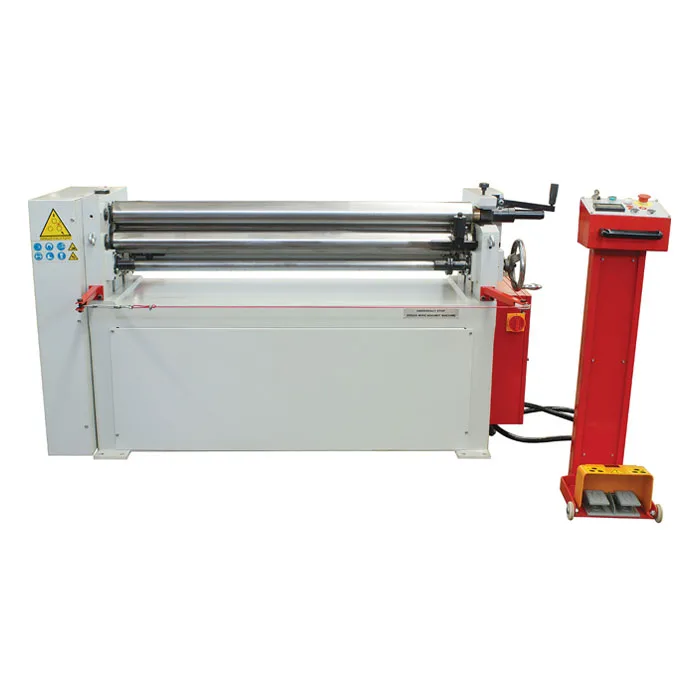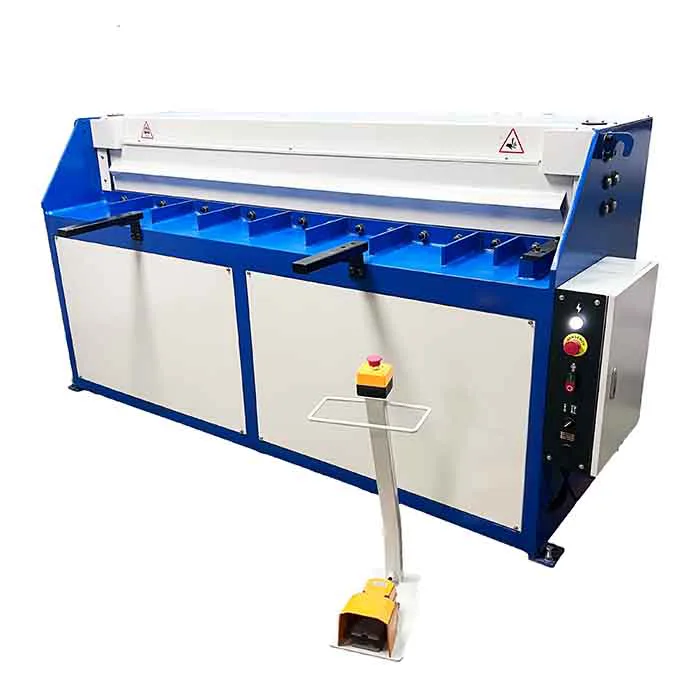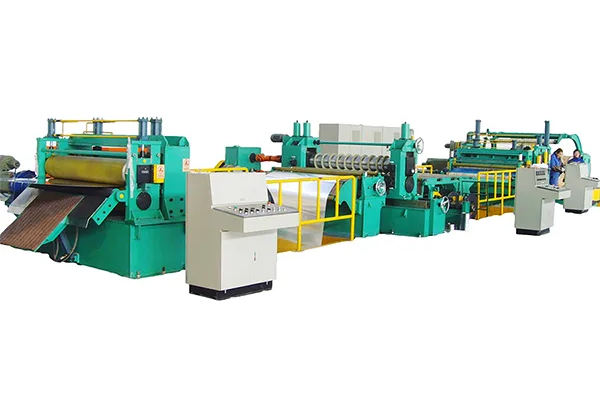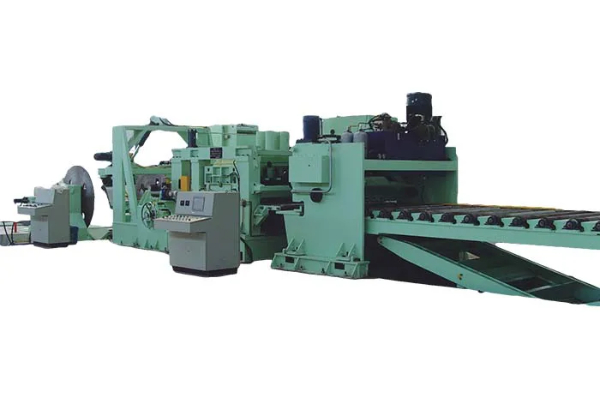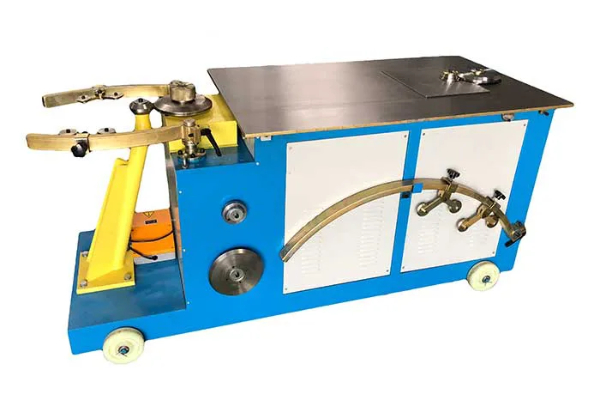
Beginner’s Guide to Using a Sheet Metal Press Brake
- By:Metmac
- 2024-06-11
- 250
For those new to the world of sheet metal fabrication, mastering the operation of a press brake is crucial. This beginner’s guide will provide a comprehensive introduction to using a sheet metal press brake, empowering you to execute precise bends and achieve exceptional results.
Understanding the Basics
A press brake is a machine designed to bend sheet metal by applying controlled force to a specific area. It consists of a punch and die, which determine the shape of the bend, and a hydraulic or pneumatic system that generates the necessary force.
Safety Considerations
Prior to operating a press brake, it is imperative to prioritize safety. Wear proper personal protective equipment, including gloves, safety glasses, and earplugs. Ensure that the machine is properly maintained and calibrated, and always follow manufacturer instructions carefully.
Material Preparation
Before bending, the sheet metal must be properly prepared. Mark the desired bend line accurately, using a scribe or layout fluid. Ensure that the metal is free from burrs or other imperfections that could interfere with bending.
Positioning the Metal
Position the sheet metal between the punch and die, aligning the bend line with the desired location. Use backstops or stops to ensure the metal is positioned correctly and prevent movement during bending.
Setting Up the Press Brake
Adjust the press brake parameters, including the tonnage required, punch and die selection, and the bend angle. Reference the manufacturer’s guidelines or perform test bends to determine the optimal settings.
The Bending Process
Slowly engage the press brake to apply force to the sheet metal. Monitor the bending process closely, ensuring that the metal bends evenly and to the desired angle. If necessary, adjust the tonnage or press brake settings for fine-tuning.
Unloading and Inspection
Once the bend is complete, carefully unload the sheet metal. Inspect the bend for any defects or inconsistencies. Measure the bend angle using a protractor or bend angle gauge to ensure accuracy.
Conclusion
Using a sheet metal press brake requires a combination of technical knowledge, precision, and safety awareness. By following the steps outlined in this beginner’s guide, you can confidently operate a press brake, create precise bends, and produce high-quality sheet metal fabrications. Remember to prioritize safety, prepare the material properly, position the metal accurately, and adjust the press brake settings meticulously. With practice and attention to detail, you will master the art of using a press brake and achieve exceptional results.
-
Metal Sheet Forming Machine: The Engine of Modern Fabrication and the METMAC Standard
2025/12/30 -
Laser Cutting Machine for Steel Plate: Precision Redefined for Modern Fabrication
2025/12/30 -
Metal Curving Machine: Shaping Strength with Precision and the Art of METMAC Engineering
2025/12/30 -
Shear Metal Cutting Machine: Precision, Power, and the METMAC Standard
2025/12/30
-
Advanced Sheet Metal Rolling, Laser Cutting, and Folding Machines for Precision Fabrication
2025/10/31 -
High-Performance Sheet Metal Bending and Cutting Machines for Modern Fabrication
2025/10/31 -
High-Quality Sheet Metal Equipment for Sale: Efficient Solutions for Modern Manufacturing
2025/10/31 -
High-Performance Sheet Metal Equipment for Sale: Forming and Shearing Solutions for Modern Fabrication
2025/10/22
-
A Guide to the Latest Innovations in Sheet Metal Folding Machines
2024/11/29 -
Key Features to Consider When Investing in a Sheet Metal Folding Machine
2024/11/28 -
Enhancing Precision with Advanced Sheet Metal Folding Machines
2024/11/27 -
How to Choose the Right Sheet Metal Folding Machine for Your Workshop
2024/11/26


